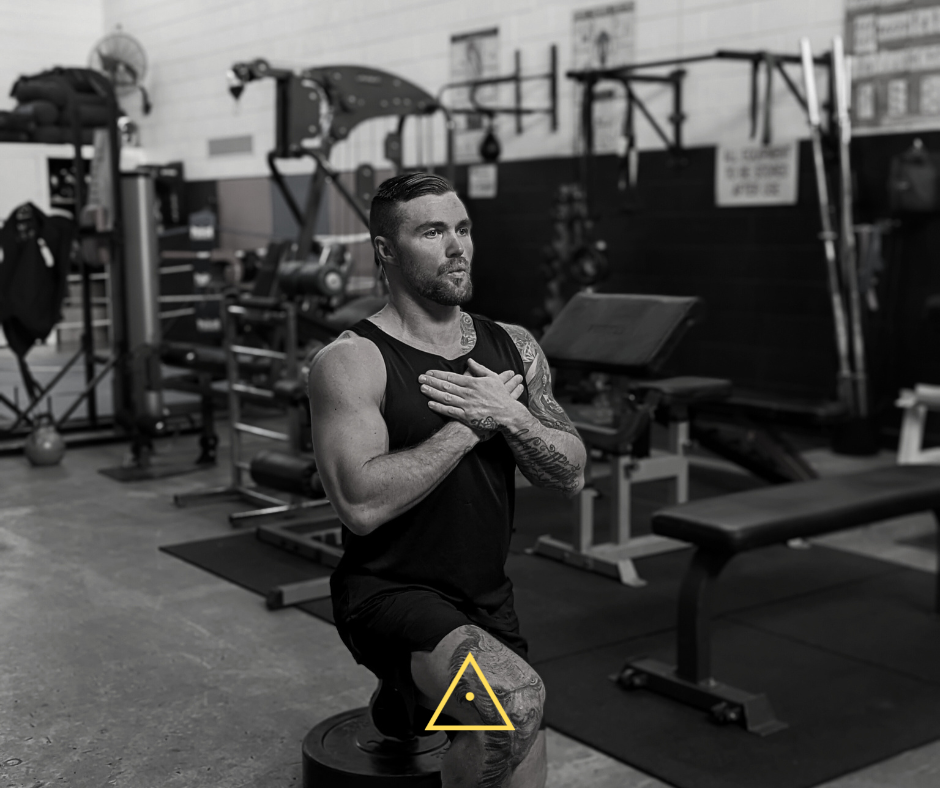Unlocking the Power: Exploring the Importance of Lower Body Training for Optimal Fitness

Are you looking to unlock your full fitness potential? Look no further than the power of lower body training. While many fitness enthusiasts focus on building upper body strength, neglecting the lower body can lead to imbalances and limited performance gains. In this article, we will explore the importance of lower body training for optimal fitness.
Lower body workouts play a vital role in developing overall strength, stability, and mobility. Engaging the muscles in your legs, hips, and glutes not only enhances your athletic performance but also improves your everyday movements. From squatting and jumping to running and walking, a strong lower body is essential for efficiency and injury prevention.
By incorporating exercises like squats, lunges, deadlifts, and plyometrics into your training routine, you can target multiple muscle groups simultaneously and stimulate growth and power. Whether you are an athlete looking to enhance your performance or someone seeking to improve their overall fitness, lower body training is the key to unlocking your full potential.
Don't let your lower body go unnoticed. Join us as we delve into the world of lower body training and discover the immense benefits it offers for optimal fitness.
The science behind lower body training
The science behind the benefits of lower body training is rooted in the fundamental principles of human anatomy and physiology. The large muscle groups in the lower body, such as the quadriceps, hamstrings, and glutes, are responsible for generating a significant amount of force and power, which is essential for a wide range of physical activities.
At the core of lower body training is the concept of muscle recruitment and activation. When you perform exercises that target the lower body, you engage multiple muscle groups simultaneously, including the quadriceps, hamstrings, glutes, and calves. This multi-joint, compound movement pattern not only challenges these muscles but also requires the coordination of various stabilizing muscles to maintain proper form and balance.
The process of muscle contraction is a complex interplay between the nervous system and the musculoskeletal system. When you perform a lower body exercise, such as a squat or a deadlift, your brain sends signals to the relevant muscle groups, triggering a series of chemical reactions that result in the contraction of the muscle fibers. This contraction generates force, which is then transferred through the tendons and bones to produce the desired movement.
Furthermore, the adaptation of the musculoskeletal system to lower body training is a key factor in the observed benefits. When you consistently challenge your lower body muscles through resistance training, they undergo a process of hypertrophy, which is the increase in the size and strength of the muscle fibres. This adaptation not only enhances the overall strength and power of the lower body but also improves the efficiency of movement, reducing the risk of injury and improving athletic performance.
Additionally, lower body training has a significant impact on the cardiovascular system. Exercises that engage the large muscle groups in the lower body, such as cycling, rowing, and plyometric drills, can significantly elevate your heart rate and increase your oxygen consumption. This, in turn, leads to improvements in cardiovascular fitness, including enhanced endurance, improved blood circulation, and a reduced risk of various health issues.
Lower body training for different fitness goals - strength, endurance, and aesthetics
Lower body training can be tailored to support a variety of fitness goals, whether you're focused on building strength, improving endurance, or achieving aesthetic goals. By adjusting the exercise selection, intensity, and volume, you can optimise your lower body training to align with your specific objectives.
Strength-Focused Lower Body Training:
If your primary goal is to build overall lower body strength, your training should emphasize compound exercises that challenge the major muscle groups. Exercises like barbell squats, deadlifts, and hip thrusts, performed with heavier weights and lower repetitions (e.g., 4-6 reps), can help you develop maximal strength. Incorporate progressive overload by gradually increasing the load over time and allow for ample recovery between sessions to support muscle growth and adaptation.
Endurance-Focused Lower Body Training:
For those seeking to improve lower body endurance, the focus should shift to exercises that challenge cardiovascular fitness and muscular endurance. Incorporate exercises like cycling, rowing, and plyometric drills, which can elevate your heart rate and challenge the muscles to work for longer durations. Opt for lighter weights and higher repetitions (e.g., 12-20 reps), and consider adding interval training or circuit-style workouts to your routine. This approach will help build the muscular and cardiovascular stamina needed for endurance-based activities.
Aesthetics-Focused Lower Body Training:
If your goal is to improve the appearance and shape of your lower body, your training should emphasize hypertrophy (muscle growth) through a combination of compound and isolation exercises. Incorporate exercises like squats, lunges, hip thrusts, and calf raises, using moderate weights and higher repetitions (e.g., 8-12 reps). Focus on maintaining proper form and muscle contraction to maximize the stimulation of the target muscle groups. Additionally, consider incorporating single-leg exercises to address any muscular imbalances and ensure balanced development.
Regardless of your specific fitness goals, it's important to remember that lower body training should be an integral part of your overall exercise routine. By tailoring your approach to align with your objectives, you can unlock the power of lower body training and achieve the results you desire, whether it's increased strength, improved endurance, or enhanced aesthetic appeal.
MBS Fitness is here to assist you with that. Contact us directly at 0434 029 537 or send an email to enquiries@mbsfit.net.
.png)
Comentarios